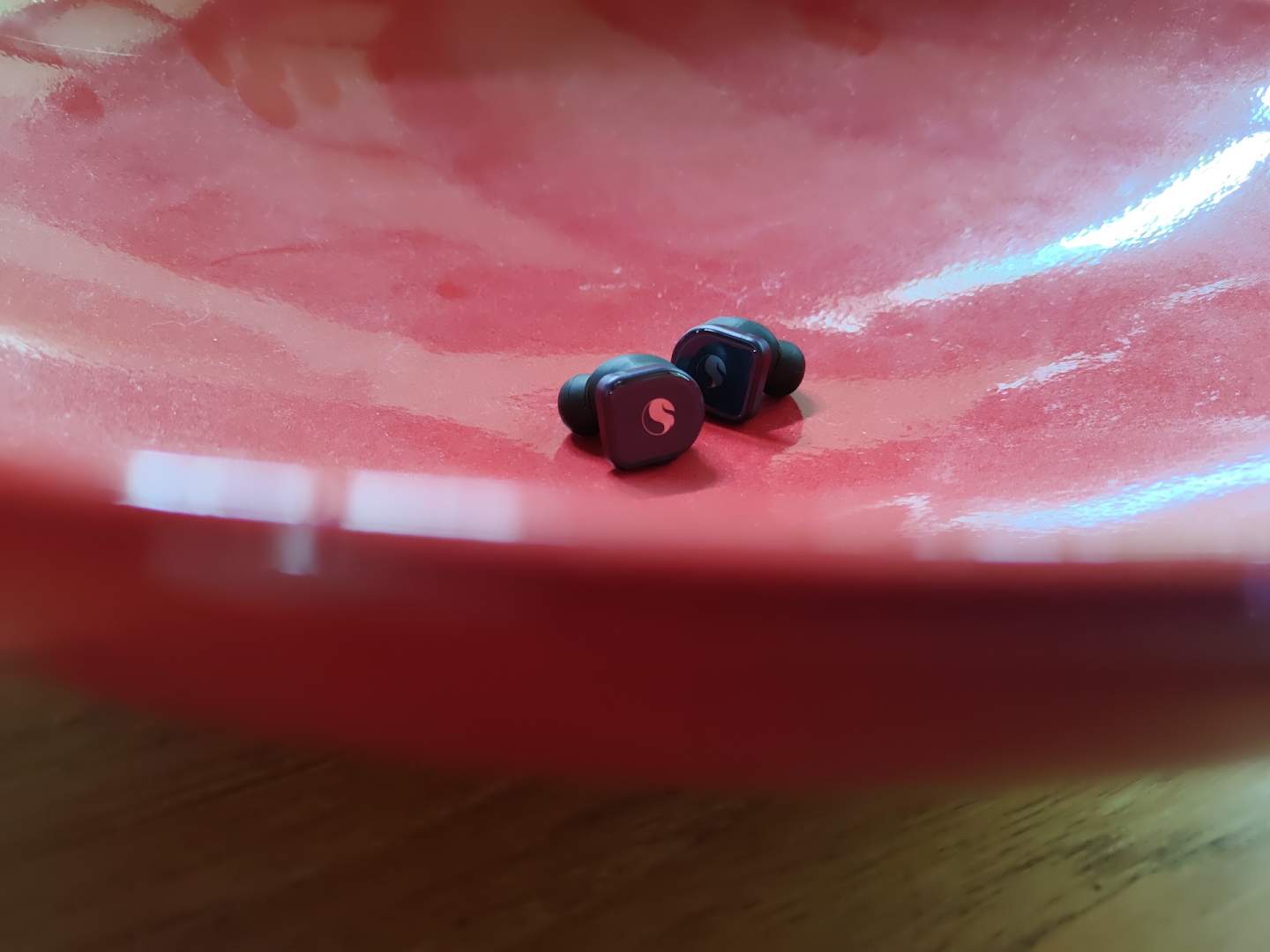Qualcomm Smartphone For Snapdragon Insiders Review: An Expensive Test
- Snapdragon 888 at its potent best
- Hits all the 5G bands you could need
- Big 144Hz screen looks great
- Painfully expensive
- Materials look better than they feel
- Camera feels like a work-in-progress
The allure of what you can't ordinarily have is strong. The smartphone world isn't short on options, whether your interests lie in photography, mobile gaming, or 5G connectivity, and yet the idea that there could be something more, something typically out of reach, is a compelling one. How else to explain Qualcomm's Smartphone for Snapdragon Insiders, a $1,499 promise of the things other phone-makers wouldn't let you buy.
Qualcomm, of course, is no stranger to the current smartphone segment. It's still at the heart of most new handsets launched in the US, its Snapdragon chipsets running the gamut from attainably budget-friendly through to bleeding-edge flagship. Even Apple's iPhone has a little Qualcomm hiding inside, the 5G modems provided by the Cupertino company's long-time foe.
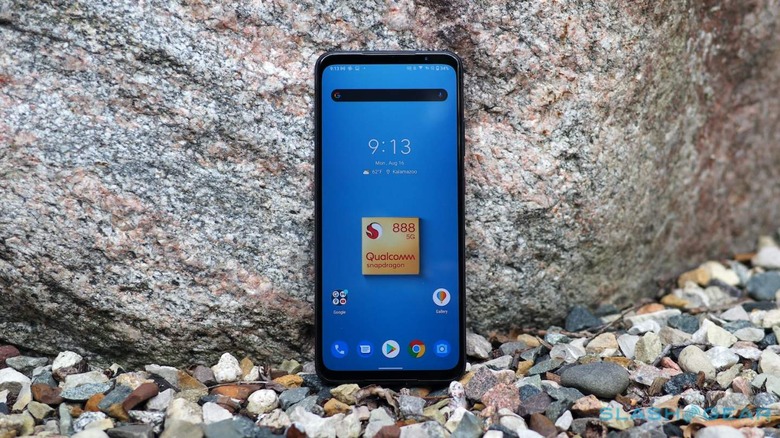
Like a producer who dreams of star-billing, though, Qualcomm has never quite settled for being a simple silicon-crafter. As it designs each iteration of chip, it also creates the technologies to take advantage of them: refined video processing and computational photography; audio and wireless codecs and algorithms; battery management and charging improvements.
Whether you get your hands on them, though, comes down to the individual phone-maker. Samsung might decide to use Qualcomm's latest Quick Charge in its new Galaxy, for instance, but maybe not its photography enhancements. At the same time, manufacturers choose how to tune the Snapdragon CPU and GPU, striking their own balance between raw performance and the realities of battery life and power consumption.
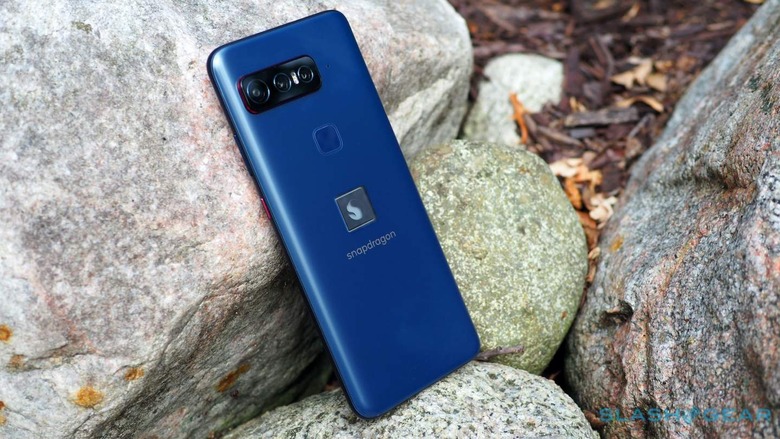
The Smartphone for Snapdragon Insiders, then, is Qualcomm's vision of what a Snapdragon-based handset should be like. A reference design, of sorts, albeit one far from the clunky, aesthetically challenged prototypes it teases each iteration of chipset with. They're designed to win over manufacturers; this phone is meant for the rest of us.
That is to say, the rest of us who have signed up to Qualcomm's Snapdragon Insiders program. "A global community of 1,500,000+ Snapdragon enthusiasts," to borrow the marketing, it's an attempt to create the sort of processor tribalism that once epitomized the desktop CPU world. And, if you're willing to brand yourself a Snapdragon zealot, so Qualcomm's thinking goes, perhaps you'll pay handsomely for a phone that delivers all the gadgetry the company has been working on lately.
Since Qualcomm doesn't actually make phones – or, for that matter, manufacture the chips it designs; that's currently Samsung's handiwork – it partnered with ASUS for the Smartphone for Snapdragon Insiders. The result is a mixture of existing ASUS tech shaped by Qualcomm's hand.
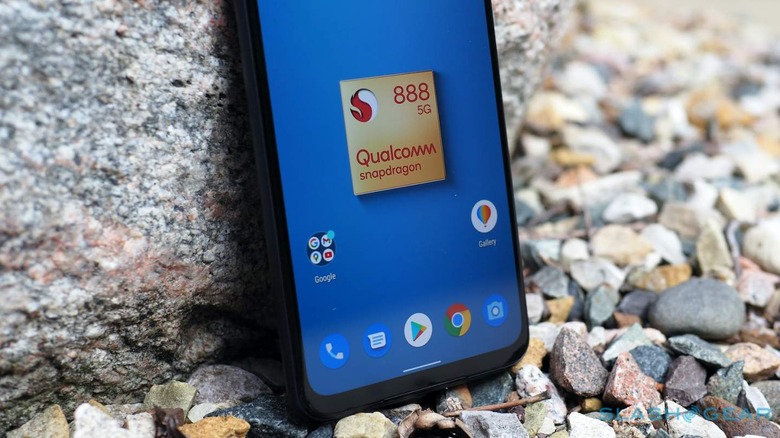
At its heart is a Snapdragon 888 chipset – though not, it's worth noting, the ever-so-slightly better 888+ announced more recently – with a 2.84 GHz octa-core CPU and Adreno 660 GPU. There's a whopping 16GB of LPDDR5 memory and 512GB of storage, plus a laundry list of 5G bands. That means 5G Sub-6 and mmWave in just about every flavor you could hope for, plus WiFi 6 and WiFi 6E.
On the front there's a large, 6.78-inch AMOLED screen courtesy of Samsung, running at 2448 x 1080 resolution and 144Hz refresh rate. It has 800 nits of normal brightness and 1,200 nits of peak brightness, is HDR10/HDR10+ certified, and is covered with a slab of Corning Gorilla Glass Victus. It looks as great as the specs would suggest it should.
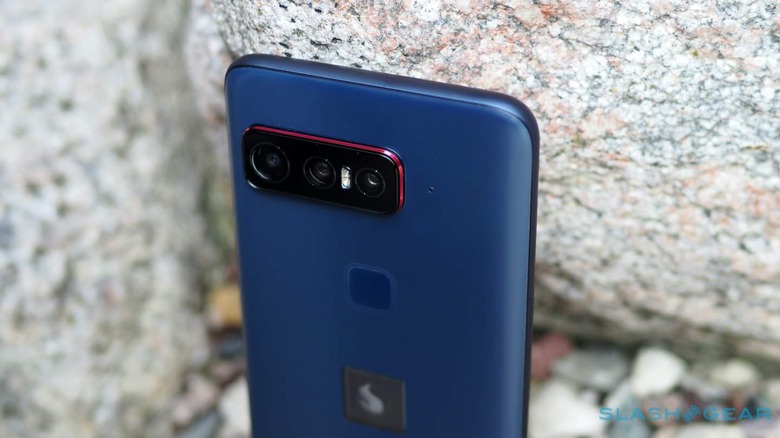
The hardware excesses don't stop there. Sony's IMX686 64-megapixel sensor is at the heart of the main camera, tapping Quad Bayer tech to produce 16-megapixel images; there's an f/1.8 aperture lens, phase-detection autofocus, 4-axis optical image stabilization, and a dual LED flash. Alongside it is a Sony IMX363 12-megapixel sensor for the ultra wide camera, and finally an 8-megapixel 3x optical zoom, also with OIS. A 24-megapixel front camera is for selfies.
For audio, there are dual speakers and Qualcomm's Aqstic WSA8835 amp, along with support for up to 384kHz/32-bit audio via the USB-C port. There's HDR Record technology and Qualcomm Noise Reduction Technology, and the Smartphone for Snapdragon Insiders is among the first devices to be certified under the new "Snapdragon Sound" banner. Not so much a single audio feature as much the promise of ear-superlatives, Qualcomm even includes a custom set of Master & Dynamic earbuds in the box to make the most of it.
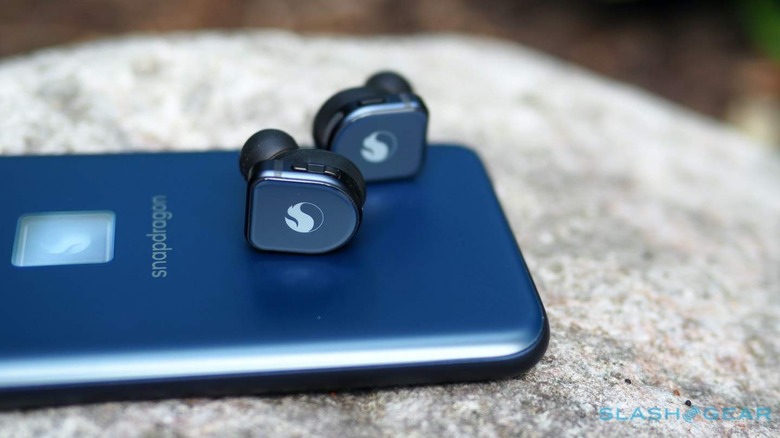
Rounding things out is a 4,000 mAh battery, supporting the latest Quick Charge 5.0. Qualcomm includes a 65W charger to make the most of it, as well.
It seems a little strange, these days, to be focusing so much on parts and components. At a time when most modern smartphones are fast enough, and capable enough, the emphasis has shifted from a laundry list of specs to the overall experience. Yet the tech sheet feels a lot like the Smartphone for Snapdragon Insiders' whole reason for existence.
For all the effort on getting that right, though, the design of the phone feels a little underwhelming. ASUS' blue casing is sturdy but falls short of the premium glass and metal we've seen from Apple, Samsung, and others. The red metallic detailing is nice, though it only serves to emphasize what's a fairly large and protruding camera bulge. As for the illuminated Snapdragon logo on the back, it basically doubles-down on this being a mobile billboard, rather than being anything so useful as a multi-colored notification LED.
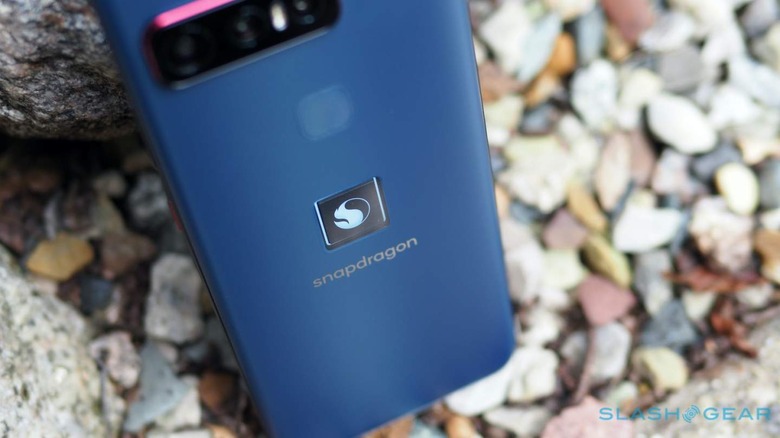
It's a big device – 173.2 x 77.3 x 9.6 mm – though not particularly heavy, at 210 grams. That's a welcome change among the current crop of outsized flagships. Qualcomm's second-generation 3D Sonic Sensor in-display fingerprint scanner is built into the rear of the phone, in a panel that isn't quite distinct enough from the rest of the handset that I can find it perfectly first time. At least when I do manage to overlap it sufficiently, the phone unlocks very quickly.
You'll find Android 11 waiting for you, with little in the way of modification. ASUS' data transfer app is preloaded, as is Master & Dynamics' settings software, but beyond the inescapable Facebook, Messenger, Instagram, and Netflix, this is relatively untampered.
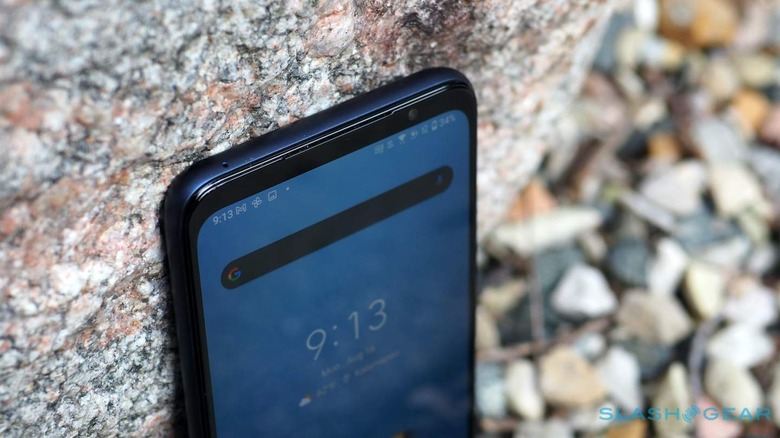
Benchmarking is a flawed art, but with Qualcomm's big claims of performance it seemed a sensible place to start. With Geekbench 5, a synthetic test of processor grunt, the Snapdragon 888 shows its worth: 1,087 in the single-core test, and 3,466 for multi-core. That puts a not-insignificant delta between this handset and the former roost-ruler, Samsung's Galaxy S21 Ultra.
Arguably those numbers alone are sufficient to brand the Smartphone for Snapdragon Insiders a winner. After all, if benchmark bragging rights are your goal, here's the new king of the crop. All the same, it's also worth noting that these scores fall short of what the Snapdragon 888 reference design achieved late in 2020. That managed 1,135 in the single-core test, and 3,794 in the multi-core.
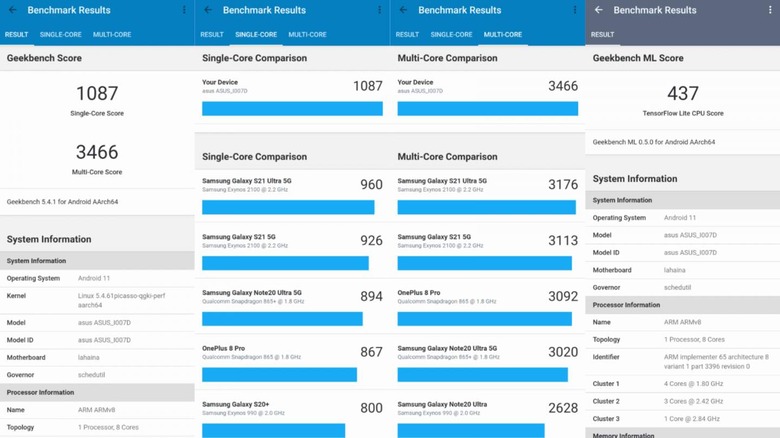
The reality is that, like its OEM partners, Qualcomm must strike a balance. Nobody expects a reference device to last a full day on a charge; however even the most enthusiastic Snapdragon Insider is going to start complaining if their new powerhouse can't make it through the morning. Performance is great, but usable performance is key.
There, things generally hold up well. No slow-downs, no sluggishness, no issues multitasking. The Insiders' phone flies along, much in the same way that a Galaxy S21 Ultra does. I can't say I really saw a difference between the two, though there's no denying that Qualcomm's bumper spec leaves plenty of headroom for Android 12 and beyond.
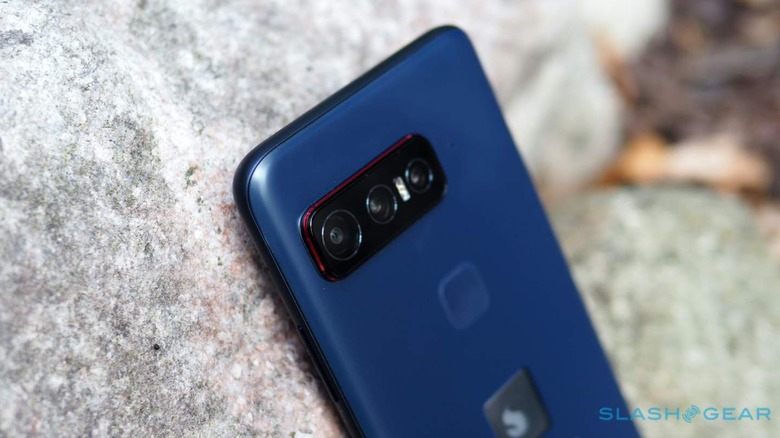
Much in the same way, Qualcomm is making big boasts about the camera. A freshly-awarded DXOMARK score of 133 puts it in pole position for phones in the US, but I'll have to take their word for it as that was based on a software version not yet available on my review device.
Qualcomm tells me that new update – due later in the month – will upgrade the camera tuning, improve autofocus, deliver better texture and noise performance, upgrade night shot quality, reduce artifacts in ultra-wide and telephoto HDR shots, and enable things like Video Super Resolution and Cascaded Noise Reduction. In short, pretty much everything is going to get a polish, which is good because as it stands the Snapdragon phone's cameras are reasonable but not really stand-out.
There's definitely some exposure lumpiness in brighter scenes, and close-up shots seem to encounter more trouble with focus than on other recent phones. I liked how, in the BMW night shot image in the gallery below,, the software didn't overrule the pink-tinged sunset. I'll double back when the OTA update hits and report whether it does everything Qualcomm promises of it.
As for the much-vaunted Snapdragon Sound performance, that's another element I've only partly experienced. The Master & Dynamic earbuds that Qualcomm supplied for review are pre-production; they don't yet support the Super-Wideband Voice and high resolution 24x96 kHz audio that's part of the new standard. Do they sound pretty fantastic nonetheless? Sure, though again I'll have to update when Qualcomm supplies me with a final set of earbuds.
Qualcomm Smartphone for Snapdragon Insiders Verdict
Thinking about the Smartphone for Snapdragon Insiders, I can't help but be reminded of another area where enthusiasts are accommodated. Manual transmissions in cars are a dying option, a trend that's much-maligned by those who still love the engagement of rowing their own gears. That's a cohort quick to bemoan the shortage of stick shift options on the market, but also one which for the most part doesn't actually end up putting its money where its mouth is.
I have a sneaking suspicion that Qualcomm's enthusiast flagship may face a similar fate. Every time an Android phone launches, there are those who decry the sacrifices in raw performance; who howl at the injustice of missing high-end features and the general tempering as capabilities are balanced against price.
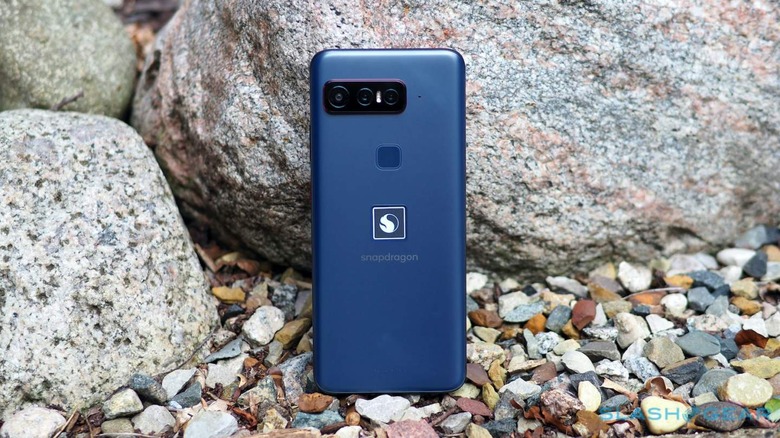
That group now has a phone which comes closer than most to satisfying that "excess above all else" ethos. The Smartphone for Snapdragon Insiders gives the Snapdragon 888 its most impressive showing to-date, it stints nether on camera hardware nor computational processing, and it refuses to compromise audio quality because of anything so mundane as budgeting. In return, it costs $1,499.
That's beyond-flagship money and not that far off a Galaxy Z Fold 3, a phone which really does feel like a taste of the future. Qualcomm's tech showcase, in contrast, mainly just underscores quite how good – and similar – the current generation of Android devices are, particularly something like the Galaxy S21 Ultra 5G which wraps 95-percent of the performance in a much more premium-feeling design. The Smartphone for Snapdragon Insiders does a good job of highlighting just what Qualcomm brings to the mobile segment, but I'm not sure you need to spend $1,499 on it to learn that lesson.





